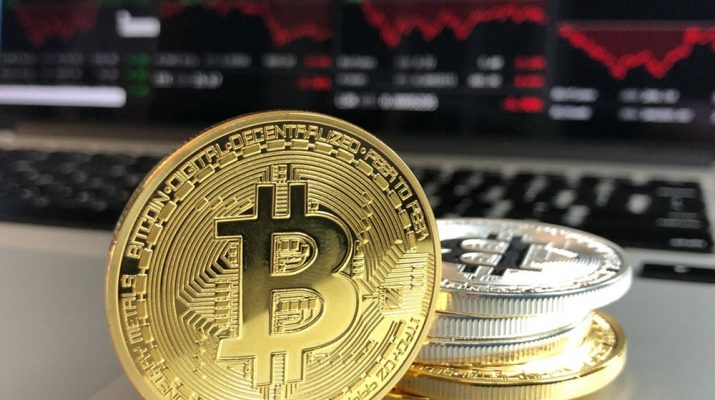In a world where it is becoming more and more insecure, to have physical currency in your hand or even saving it in a bank, with the advancement of technology, the need for an alternative to physical cash increases day by day. One such alternative is Bitcoins.
Bitcoins are a form of digital currency that are created and transacted electronically. Bitcoins are not printed or minted, hence, the control of the currency does not come under any single authority, and instead, bitcoins are created by people, and businesses, by solving increasingly complex mathematical problems.
Why are bitcoins different from conventional currencies?
The answer to that is very simple, since the production and control of bitcoins, does not lay in the control of any particular organisation or authority (the production and control is decentralised), the users of bitcoins, feel they are more in control of their money.
Who came up with the idea?
The invention of bitcoins as a method of payment is largely believed to be a brainchild of a Software Developer called Satoshi Nakamoto, who proposed the conversion of an already existing electronic payment system which used mathematical proof to process transactions, into a currency that was independent of any central authority, transferable electronically, with a very low processing fee.
Although the actual existence of a Developer named Satoshi Nakamoto, is widely debated amongst bitcoins users, and the actual identity of the inventor is still a mystery, most people believe Satoshi Nakamoto to be an organisation of Japanese origin as the Japanese translation of Satoshi means; “clear thinking, quick witted or wise” while Naka means; “medium, inside or relationship” and moto could mean either origin or foundation.
Who prints or mints bitcoins?
No one does, as mentioned before; this currency is not under the control of any single authority, thus giving them the opportunity to print the currency without the knowledge of the larger population, hence devaluing the currency. Instead, bitcoins are produced digitally, by a ever growing community of people like you and me, who mine bitcoins using computers in a distributed network. People use Bitcoin QR code to simplify the process.
If anyone can mine for bitcoins, wouldn’t that mean there would be an unlimited supply of bitcoins?
According to the bitcoin protocol (the set of rules and regulations, that govern the production and usage of bitcoins), there are only a total of 21 million bitcoins to be mined. But, these coins can be broken down to smaller parts, the smallest of which is 1/100,000,000 (one hundred millionth) of a bitcoin, which is called a ‘Satoshi’, in honour of the founder of bitcoins.
What is the base of using bitcoins?
Conventionally, when you trade with normal currency, it means you are trading with the value of gold. Which means instead of trading the actual gold, you trade a certain percentage of the value of the gold you have, for another item/service of the same percentage of the value of gold (although this is not exactly what is being practiced, this is the basic idea behind transactions). But, bitcoins are not based on gold, instead they are based on mathematics. Effectively, when trading bitcoins, what is actually means is, that you are trading a certain percentage of the mathematical problems that you have solved, for a service/item of the same percentage of the mathematical problems.
People around the world, solve these problems and mine for bitcoins by using software programs that use mathematical formula for each problem. These mathematical problems and the software used to solve them are both available for the public to download for free, hence, anyone could check and make sure that, everything is doing whatever it is supposed to do.
Since everything is open to the public, and is free for everyone, people like you or me also could join this network and start mining for bitcoins. Once you start mining for bitcoins, you could also start trading them, which puts you in a somewhat elite group of people, and gives you a head start to the future, as experts believe the use of bitcoins, is slowly but surely replacing the conventional form of transactions, and will one day be the primary form of transactions.

